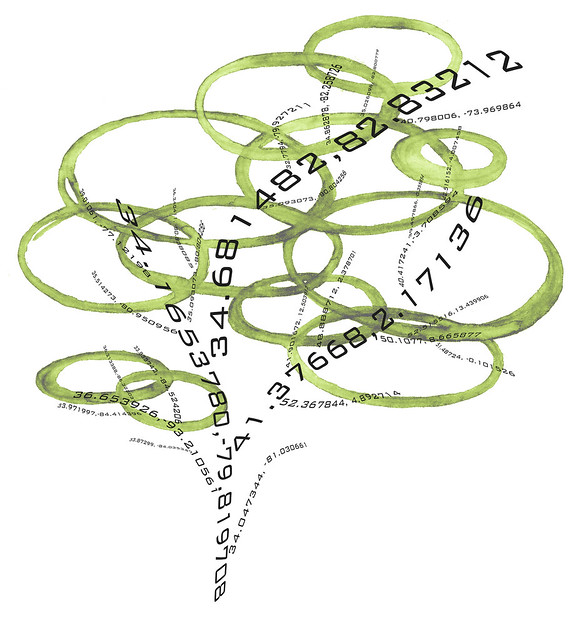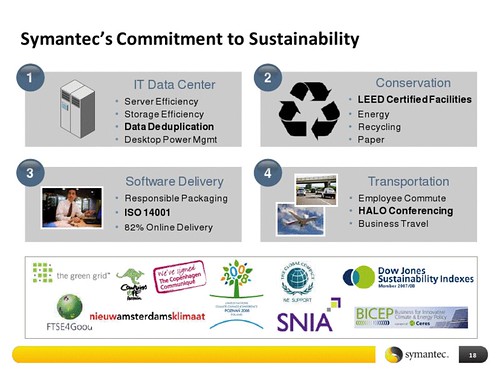We were delighted to hear this week that friend of GreenMonk’s for many years now, Michael Meehan was recently appointed as CEO of the Global Reporting Initiative (GRI).
The GRI is a non-profit organisation that produces one of the world’s most prevalent framework’s for sustainability reporting. One of the GRI’s main aims is to make sustainability reporting by all organisations as routine as, and comparable to, financial reporting.
Michael takes over the GRI at an interesting time. As we reported here on GreenMonk recently, the interest in sustainability reporting is on the rise globally
carbon scores are now not only showing up at board level, but are also being reported to insurance companies, and are appearing on Bloomberg and Google Finance. He put this down to a shift away from the traditional regulation led reporting, to a situation now where organisations are responding to pressure from investors, as well as a requirement to manage shareholder risk.
In other words the drivers for sustainability reporting now are the insurance companies, and Wall Street. Organisations are realising that buildings collapsing in Bangladesh can have an adverse effect on their brand, and ultimately their bottom line.
On a call to Michael earlier this week to congratulate him on his new role, he mentioned that while around 6,000 organisations currently report to the GRI, his aim is to increase that number to 25,000 organisations.
To do that, at the very least, the GRI needs to embrace social, mobile, and Big Data.
The GRI has traditionally operated below the radar, but in order to grow the GRI, never mind growing it to 25,000 reporting organisations, working quietly is not sustainable. It has to become more aggressive with outbound communications – social in particular. While the GRI has a Twitter account with over 15,000 followers, there’s no mention of the account anywhere on the GRI’s website. Worse again, the organisation’s Facebook page is one automatically generated by Facebook based on Facebook users posts and interests (!), and the organisation’s Youtube channel was similarly generated automatically by YouTube’s video discovery system.
On the mobile front, the organisation’s website is not mobile aware. Nor does it have any mobile apps in the main app stores. In a time when more and more web browsing is going mobile, the GRI urgently needs to formulate a mobile strategy for itself.
And finally, on the Big Data front, in our conversation Michael expressed a definite interest in making the GRI’s terabytes of organisational information available as a platform for developers. The data is a huge repository of information going back over years. The ability to build analytics applications on top of this would yield massive benefits, one has to think.
Fortunately for the GRI, Michael is a serial entrepreneur with a history of successful exits in the sustainability space. If anyone can modernise the GRI, he can. We wish him all the best in his new role.







